CITY PALACE JAIPUR
INTRODUCTION
The city palace of Jaipur is the most attractive spot of the new capital pink city. This beautiful palace has a long and rich history, making it so appealing. In Rajasthan, we have many castles, smalls and big. Unlike all, it is very famous for its unique color. There are many palaces inside this vast palace, which are worth visiting. Notably, Sawai Jai Singh finally constructed this palace on the surface after building forts on a hill. As we know, During Mughal and British Empire, there was not any threat from invaders.
After Sawai Jai Singh II, many great rulers of Kachwaha built many palaces inside. Sawai Man Singh II merged the State of Jaipur with the Indian Republic during independence. Interestingly, Indira Gandhi, then Prime Minister of India, passed a bill in parliament. This bill was about acquiring palaces from Kings across India. Many Kings converted their palaces and forts into museums and hotels to protect their pride. Now, the Royal family still lives in some parts, and the rest is a museum.
Table of Contents
ENTRANCES : INR 200/- INDIAN INR 700/- FOREIGNERS
CHILDREN: INR 100/- INDIAN INR 400/- FOREIGNERS
TIMINGS : 10:00 TO 5:00 EVERYDAY
WHAT TO SEE IN PALACE
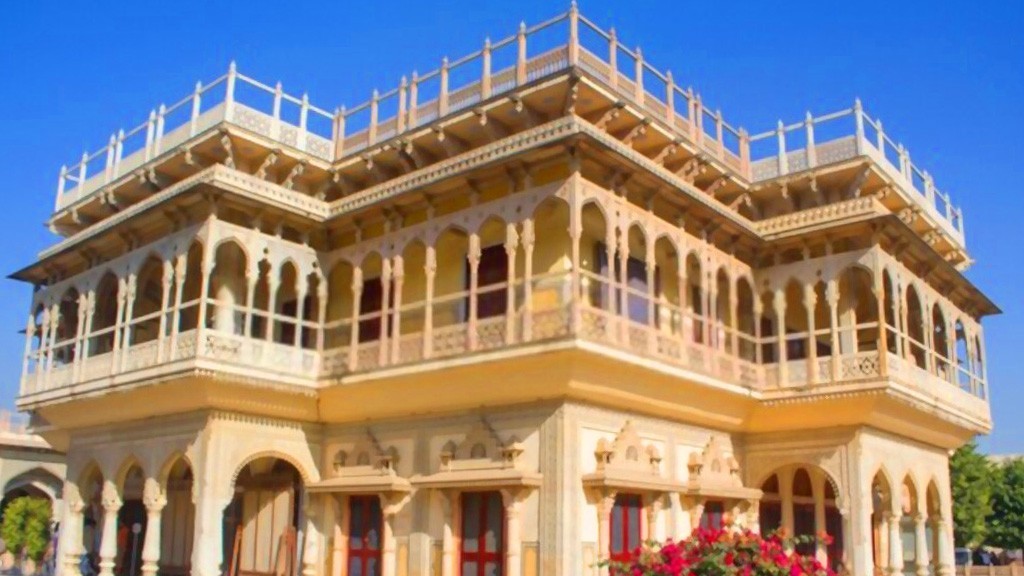
Mubarak Mahal: Every Palace or fort has its architectural value and style. During British rule, there were many forms of architecture in India. For Example, Hindu, Indo Islamic, Indo Saracenic, and Mubarak Mahal is perfect example of all three together. Chiman lal was the architect of Mubarak mahal; he worked with Sir Samuel Jacob, a British architect.
Interestingly, they stayed here in Mubarak mahal whenever Jaipur had any Royal guests from any place. This palace is now a museum, where you can look at many things about the Royal Family. Surprisingly, the last guest of Mubarak mahal was Queen Elizabeth of England.
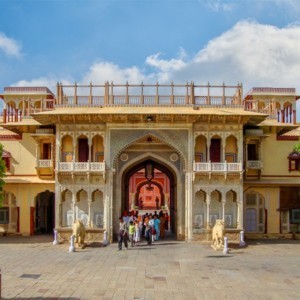
RAJENDRA POL: This iconic gate is near Mubarak mahal, leading towards dewan e Khas. If I describe the beauty of this gate, then the main feature is white marble and its carving. Apart from this, Rajendra pol has eye-catching paintings, and two white marble elephants are worth mentioning.
UDAI POL: There is another pol (gate) in the city palace. For example, UDAI POL, this beautifully printed gate located near jaleb chock ( parking), leads towards dewan e aam and khas.
VIRENDRA POL: If you are coming from Jantar Mantar, you have to enter the palace from this gate. It leads towards Mubarak mahal. If you want to go dewan e khas, use Rajendra pol.
TRIPOLIA GATE: means three gates and a private entrance only for the Royal family. Ordinary people can only enter through VIRENDRA POL AND UDAI POL.
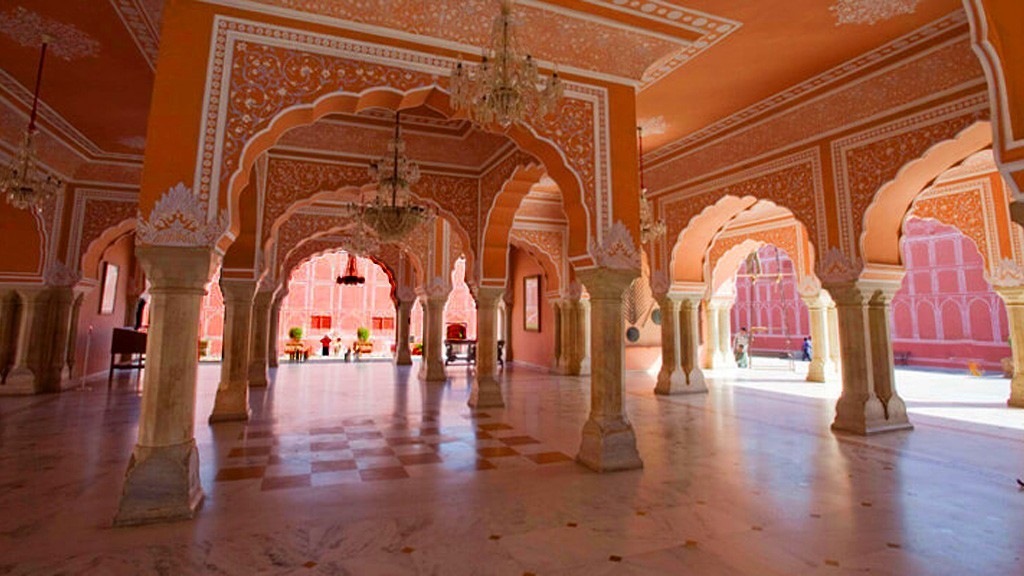
DEWAN E KHAS: Private audience hall has a unique style of architecture. It is wholly opened and has four rooms on every corner. Generally, they used it to meet with their ministers. Interestingly, it is a square in shape and single-story building. If I talk about beauty, a white marble floor with paintings on the wall and roof is worth watching. Beautiful arches and white marble pillars make it very beautiful. Earlier, there were curtains to cover the arches.
There are two big silver vessels of 340 kilos and an exciting spot of the city palace Jaipur. The height is 1.6 meters and capacity is around 4000 liters. Interestingly, Sawai Madho Singh II made these vessels. He carried Ganga’s water into it to England for the coronation of King Edward VII.
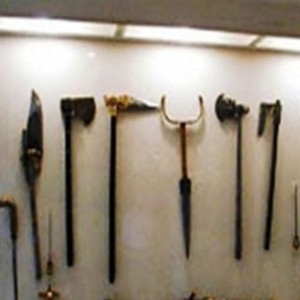
SILEH KHANA (ARMOUR): City palace has an entire section of Armour. The State of Amber and Jaipur had a vast army, as we already know. They used some local and imported weapons. In this section, you can see all together, from swords to rifles. Sileh khana is located near Mubarak mahal and next to Rajendra pol.
In Indian history, weapons played a decisive role. They were the leading cause of the victory of empires. For example, bow and arrows, swords, etc., but fighting changed with cannons. Interestingly, cannons were the main reason for the Mughal victory; later British used rifles and guns. In my opinion, all these aspects played an important role in history.
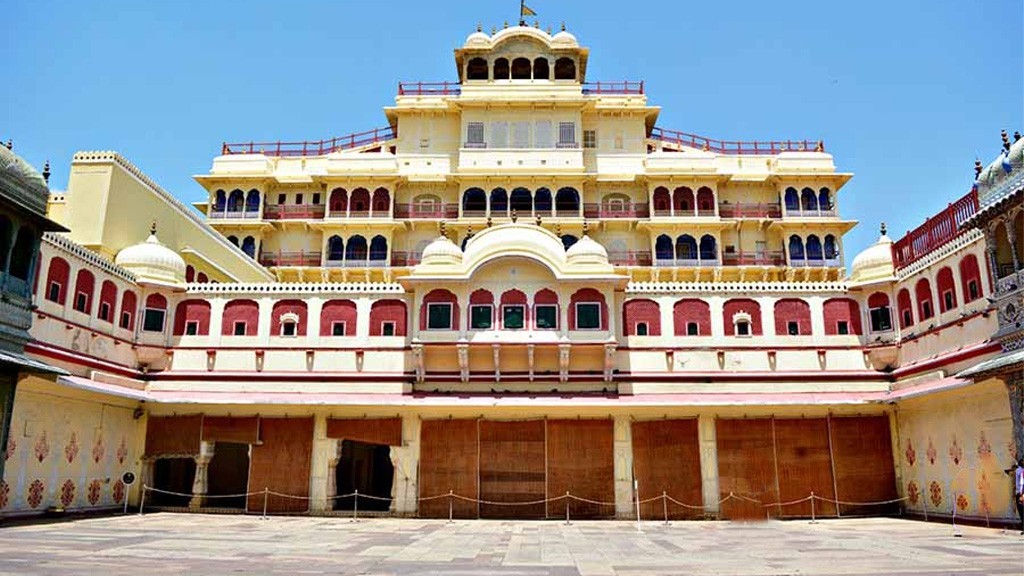
Pritam Niwas Chowk: This opened courtyard is near dewan e Khas. According to history, Male used to play holi here and celebrated other festivals. On the other hand, there are windows on the first floor for women to watch the celebration. As we already know, In some parts Royal family still lives, which is Chandra mahal. Interestingly, you can watch Chandra mahal from here. If you want to visit then, you must buy a costly ticket.
Apart from this, there are four gates. Every gate is different from each other. They represent the four seasons of India. Undoubtedly, they are the main attraction of Pritam Niwas Chowk. The city palace of Jaipur is also an attractive destination for weddings and shooting movies.
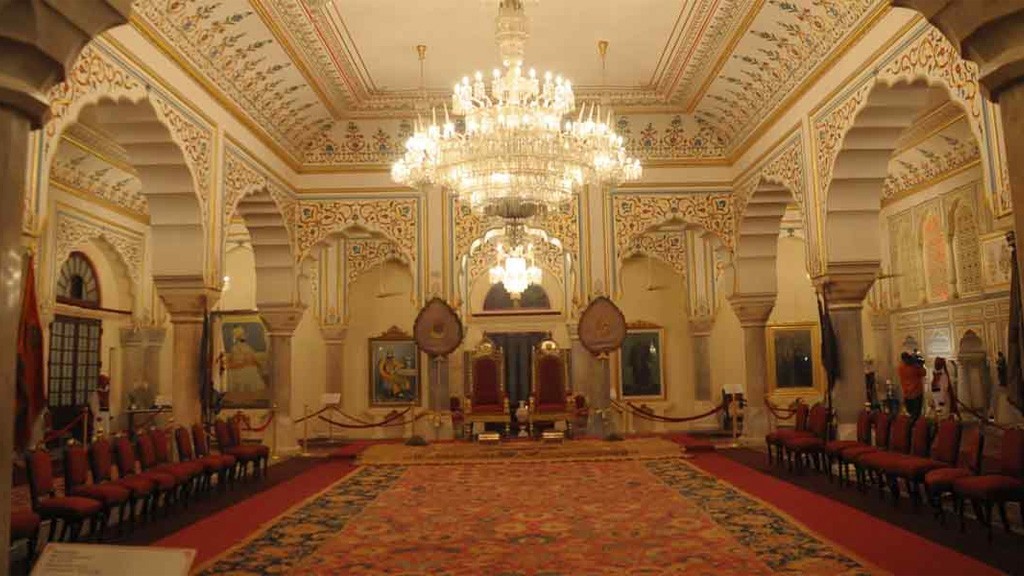
DEWAN E AAM: Sabha Niwas is the most beautiful thing to watch inside the city palace. King of Jaipur listened to public problems here, and Durbar and public meetings were happening. Undoubtedly, It is so beautiful that you have no words. Let us talk about it in detail.
Paintings: There are gold paintings on the wall and ceiling. You will appreciate artists work how beautiful they paint.
Thrones: It has two giant thrones; one is for King, second is for his guest.
Huge pashmina carpet: You can see one big pashmina carpet on the floor.
Delhi durbar chair 1911: When King George V held Delhi Durbar, he invited all local Kings. Interestingly, Every King had his chair in Delhi by name.
Sawai Man Singh II wedding dress: It is a corner. When he got married to beautiful Gayatri Devi, he wore this.
WHO BUILT CITY PALACE JAIPUR
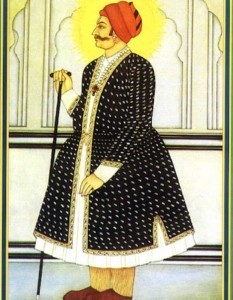
SAWAI JAI SINGH II: An intelligent Maharaja was born in 1688 and became King of Amber in 1699 during the rule of Mughal Emperor Aurangzeb. He started the construction of the City Palace. We already know that Jai Singh II had an interest in astronomy. As a result, he used his knowledge to build places and cities. He not only made Jaipur but other things also. For Example, Nahargarh fort, Jaigarh fort, Gaitore cenotaph, etc.
Sawai Man Singh II: This brave ruler was born in 1912. He was brilliant and knowledgeable, and he decided to merge Jaipur with the Union of India. Interestingly, he was Rajapramukh of Rajasthan state and Ambassador of India in Spain. Kachwaha had a very long and rich history. From Sawai Jai Singh II to Man Singh II, all kings contributed to building the city palace Jaipur.
ARCHITECTURE OF PALACE
Rajput architecture: There is no doubt that Sawai Jai Singh II was intelligent for construction. He used his astronomy knowledge to build all these buildings including city palace Jaipur. From an architectural point of view, this region has its values, and Rajput architecture is a symbol of Rajasthani art. Notably, there are many features in Rajput architecture. For example, you can find jharokha (Small balcony), Sculptures on the wall and arches, Arch style on the top of palaces, etc.
Indo Islamic: This form of architecture is everywhere in India. Our artists used this architecture when they mixed Hindu and Islamic architecture. It was a successful attempt and gained so much importance. As a result, it was very usual to use this art to build palaces in India. Rajput kingdoms had good relations with Mughal then they used it also in their buildings.
Indo Saracenic: When the British Started ruling here, they used this form of architecture. Interestingly, British Empire used the same pattern to rule India, and they joined hands with local rulers. As a result, there was also a cultural impact on Indian society, cultures, and arts. Indo Islamic architecture mixed with Gothic and became Indo Saracenic. Many examples of this architecture are the Victoria Memorial, New Delhi buildings, Madras high court, Chatrapati Shivaji terminal, etc.
SHIFTING CAPITAL AMER TO JAIPUR
The answer is simple, shortage of water and space. When we read history, we find every ancient civilization was near a river. For example, Babylonia near the Euphrates, Egyptian near the Nile, Indian near Indus, Chinese near Yellow river. Water was a basic need for any village and city. In Amber or Amer, there were few artificial lakes, but it was not enough to meet the requirements.
Another big problem was space. Amer was wealthy; many people were coming there to start their business. As a result, King found it was unable to govern the whole kingdom from here. As a result of Sawai Jai Singh II, a great builder, also decided to shift Capital. They chose a beautiful location just 11 km from Amer. Finally, they built the first planned city of India, which was so huge to accommodate everyone.
PLACES NEAR CITY PALACE JAIPUR
JANTAR MANTAR: This beautiful astronomical monument is next to the City palace Jaipur. When Sawai Jai Singh II built Jaipur, he also constructed Jantar Mantar. Interestingly, it is a World Heritage site, where you can find many instruments.
HAWA MAHAL: Palace of Winds needs no introduction. As we already know how beautiful this pink palace is. Sawai Pratap Singh built this marvelous palace with more than 900 windows in 1799. Royal ladies used to watch Bazar here from windows. Surprisingly, artists used lime to make this palace.
BAZAR: Jaipur is very famous for its local product. For example, printed clothes, jewelry, spices, etc. In the walled pink city, you can find all these. I suggest you visit all these bazaars just in front of Hawa mahal. Moreover, you can have coffee on the rooftop in front of Hawa mahal.
JAL MAHAL: Water Palace is located just outside the walled pink city. In 1799 Sawai Pratap Singh built this palace on the lake. It looks so amazing at night also. In Summer, there is so much heat in Jaipur. To get some relaxation, King built this palace. Interestingly, you can visit a bazaar just outside the water palace.
FORTS: We all know Jaipur has very famous hill forts. For example, Amer or Amber Fort, Jaigarh Fort, and Nahargarh Fort. If you have time, you can go for all, and if you do not have time, you must go to Amer Fort.
HOW TO GET TO CITY PALACE JAIPUR
City Palace Jaipur is in the center of the city. There is no problem with transport, and there is ample parking inside the palace. If you are coming in your car, then there is no issue. Jaipur has a perfect city transport system. For example, there is a metro station in the pink city, and you also can take local buses to get here.
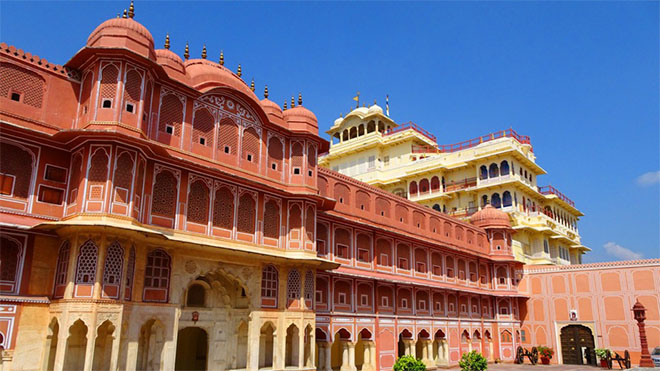
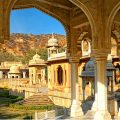
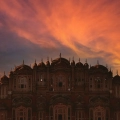

1 Comment